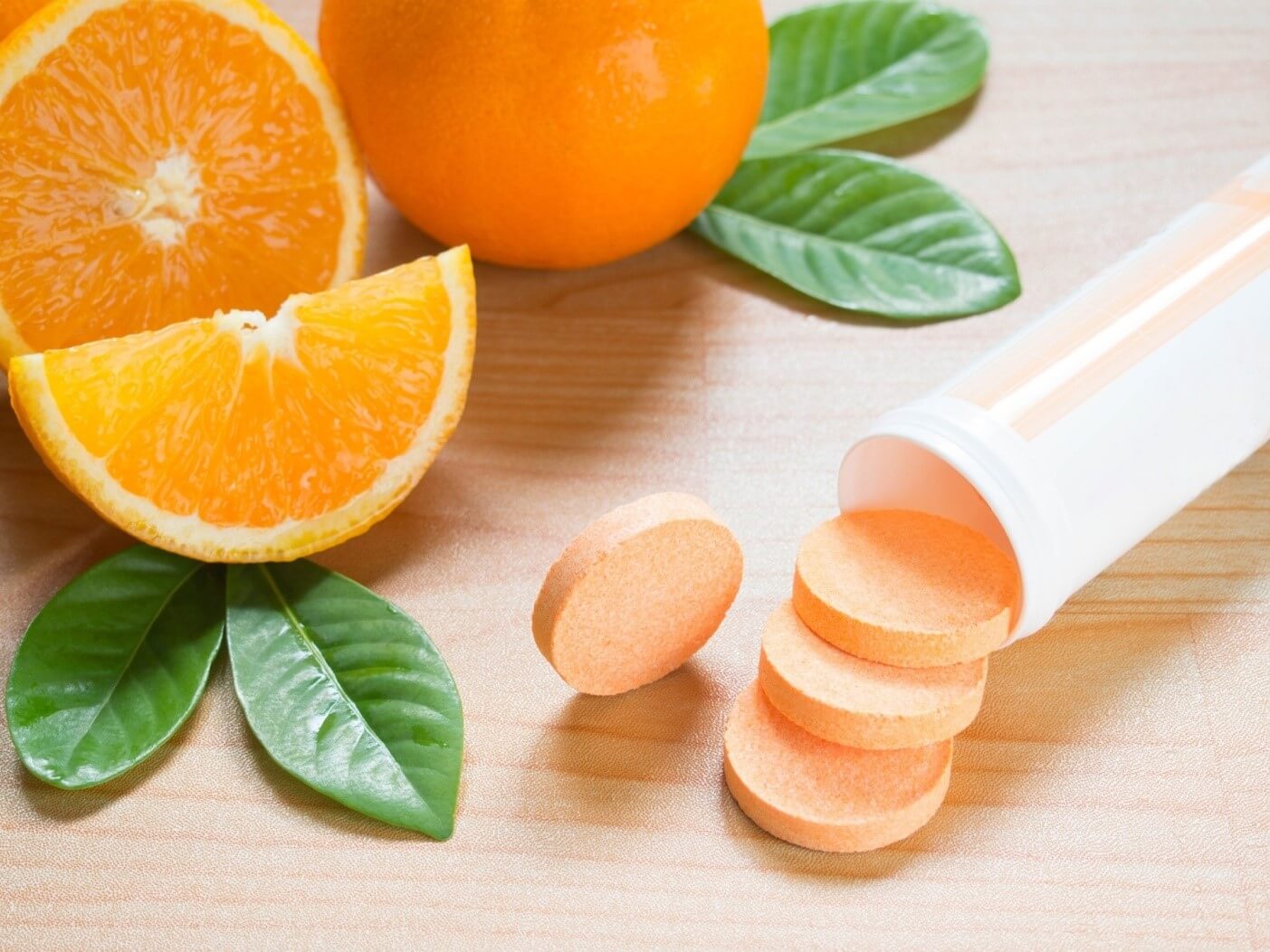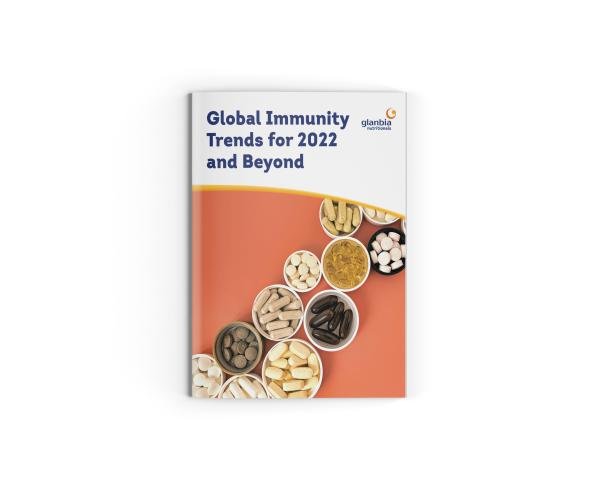Overview of U.S. Supplement Market and COVID-19 Impacts
The $33.5 billion1 U.S. market for vitamins, minerals, and supplements is forecast to grow at a CAGR of 3% between 2020 and 2024.2 The top five companies have 36% of the market share, with Pharmavite and The Carlyle Group leading at 10% each, followed by Pfizer at 7%, Bayer at 5%, and Church & Dwight at 4%.3 Private label makes up 23% of the market.4
The best-selling brands are Nature Made, Nature’s Bounty, Emergen-C, Vitafusion, and One A Day.5 Emergen-C made the top five list last year thanks to the sudden strong interest in immunity, with growth of 47% in the 52 weeks ending October 4, 2020. 6 Since the COVID-19 outbreak began, over a third of consumers surveyed say they've stocked up on vitamin, mineral, or supplement products.7







